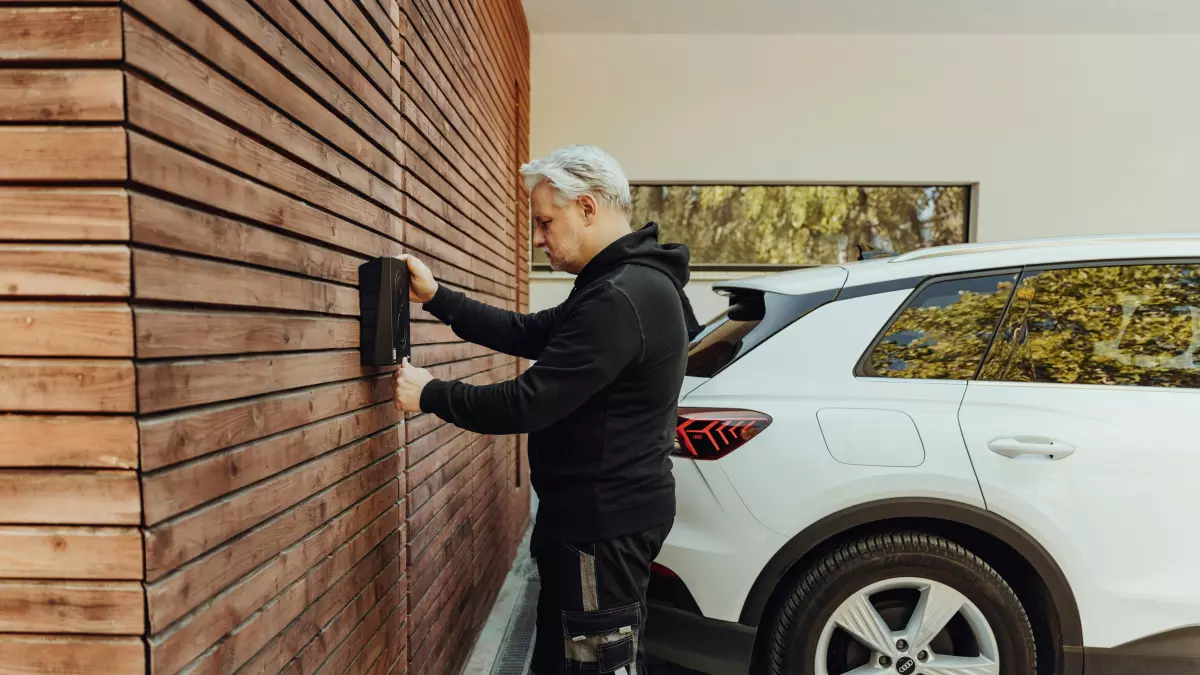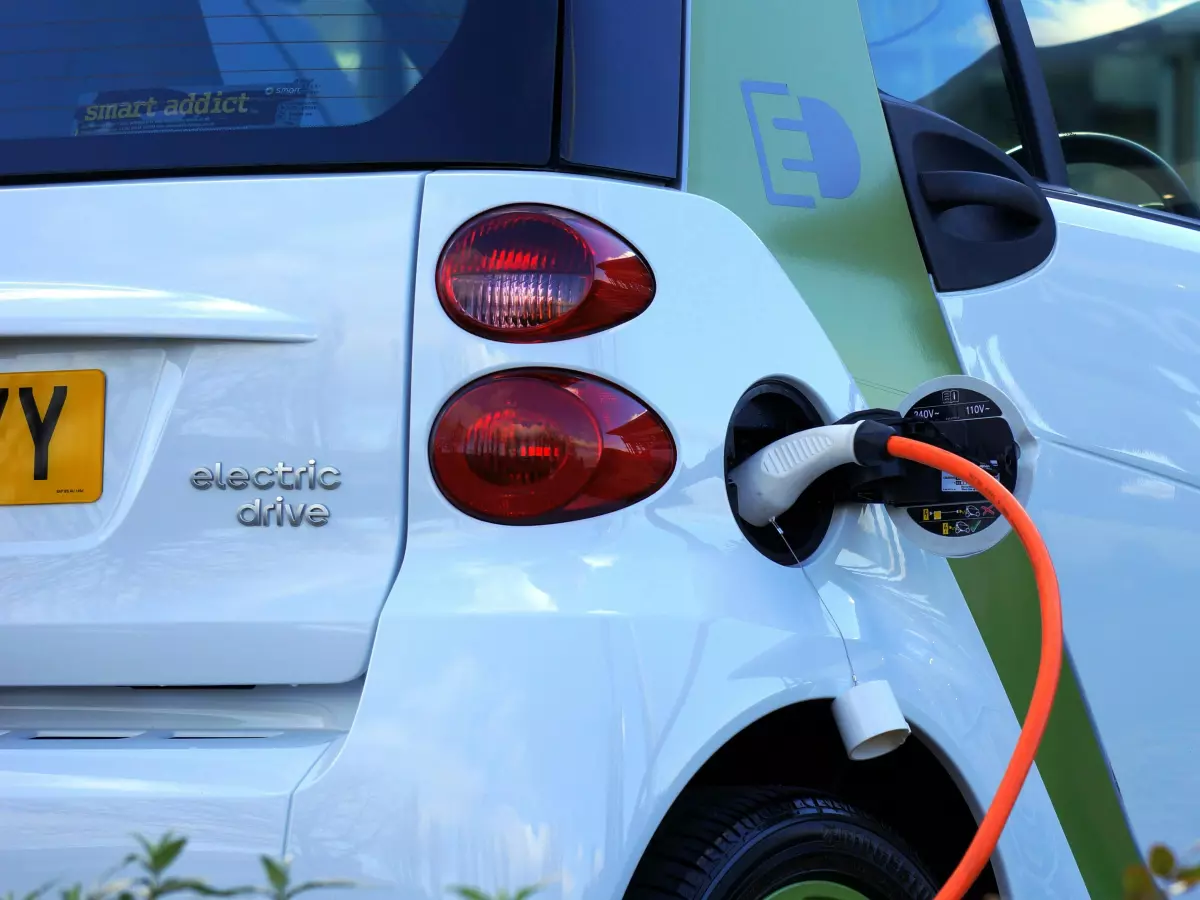Battery Chemistry
Think all EV batteries are the same? Think again! It's not just about lithium-ion cells; the chemistry inside your EV battery can make or break your driving experience.

By Mia Johnson
Picture this: You're cruising down the highway in your sleek EV, the wind in your hair, the hum of the electric motor barely audible. You check the dashboard, and the range is looking good. But suddenly, you notice the battery percentage dropping faster than expected. What gives? Well, my friend, the answer might be hidden in your EV's battery chemistry.
Most people think EV batteries are just big, expensive boxes of lithium-ion cells. While that's not entirely wrong, it's also not the full story. The chemistry inside those cells—the specific materials and how they interact—plays a massive role in determining your EV's range, charging speed, and even how long the battery will last before needing replacement. And no, not all lithium-ion batteries are created equal.
Why Chemistry Matters
So, what's the deal with battery chemistry? In simple terms, it's the combination of materials that make up the positive and negative electrodes (the anode and cathode) and the electrolyte that allows ions to move between them. These materials determine how much energy the battery can store, how quickly it can charge, and how long it will last.
For example, some EVs use Nickel-Cobalt-Aluminum (NCA) batteries, which offer high energy density and long range but can be more expensive and less stable at high temperatures. Others use Lithium-Iron-Phosphate (LFP) batteries, which are cheaper and safer but offer less range. Then there’s Nickel-Manganese-Cobalt (NMC) batteries, which strike a balance between cost, range, and safety.
Each of these chemistries has its pros and cons, and automakers are constantly experimenting with new blends to find the perfect balance. But here's the kicker: the chemistry that works best for one driver might not be ideal for another. If you're someone who drives long distances regularly, you might prioritize range over cost. On the flip side, if you're a city driver who rarely ventures far from home, safety and affordability might be more important to you.
Charging Speed and Chemistry
Another thing most people don’t realize is that battery chemistry also affects charging speed. Some chemistries can handle fast charging better than others. For example, NCA batteries can charge quickly but may degrade faster if subjected to frequent fast charging. LFP batteries, on the other hand, are more resistant to degradation but take longer to charge.
This is why you might notice that some EVs can charge from 0 to 80% in under 30 minutes, while others take closer to an hour. It’s not just about the charging station or the size of the battery; the chemistry inside the battery plays a huge role in how quickly it can absorb energy without damaging itself.
Battery Lifespan and Degradation
Let’s talk about something every EV owner dreads: battery degradation. Over time, all batteries lose some of their capacity, meaning your EV won’t be able to go as far on a single charge as it did when it was new. But guess what? The rate at which this happens depends heavily on the battery chemistry.
NCA batteries, for instance, tend to degrade faster than LFP batteries, especially if they’re frequently fast-charged or exposed to high temperatures. On the other hand, LFP batteries are known for their longevity, often retaining more of their capacity over time, even if they don’t offer the same range as NCA or NMC batteries.
So, if you’re planning to keep your EV for a long time, or if you live in a hot climate, you might want to pay close attention to the battery chemistry your car uses. It could mean the difference between needing a new battery in five years or ten.
What’s Next for EV Battery Chemistry?
Automakers and researchers are constantly working on new battery chemistries that could revolutionize the EV world. Solid-state batteries, for example, promise higher energy density, faster charging times, and longer lifespans, all while being safer than current lithium-ion batteries. But they’re still in the experimental phase and likely won’t hit the market for a few more years.
In the meantime, we’re likely to see incremental improvements in existing chemistries. For example, some companies are working on reducing the amount of cobalt in NMC batteries to make them cheaper and more sustainable. Others are exploring new electrolyte materials that could improve the safety and performance of lithium-ion batteries.
So, while we’re not quite at the point where you can choose your EV battery chemistry like you would pick a flavor at an ice cream shop, it’s worth paying attention to the developments in this space. The next time you’re shopping for an EV, don’t just look at the range and price—ask about the battery chemistry. It could make all the difference in your driving experience.
Ultimately, understanding the chemistry behind your EV's battery can help you make a more informed decision, whether you're buying your first electric vehicle or upgrading to a new model. And who knows? In a few years, we might all be driving around with solid-state batteries that charge in minutes and last for decades. But until then, it’s all about finding the right chemistry for your needs.





